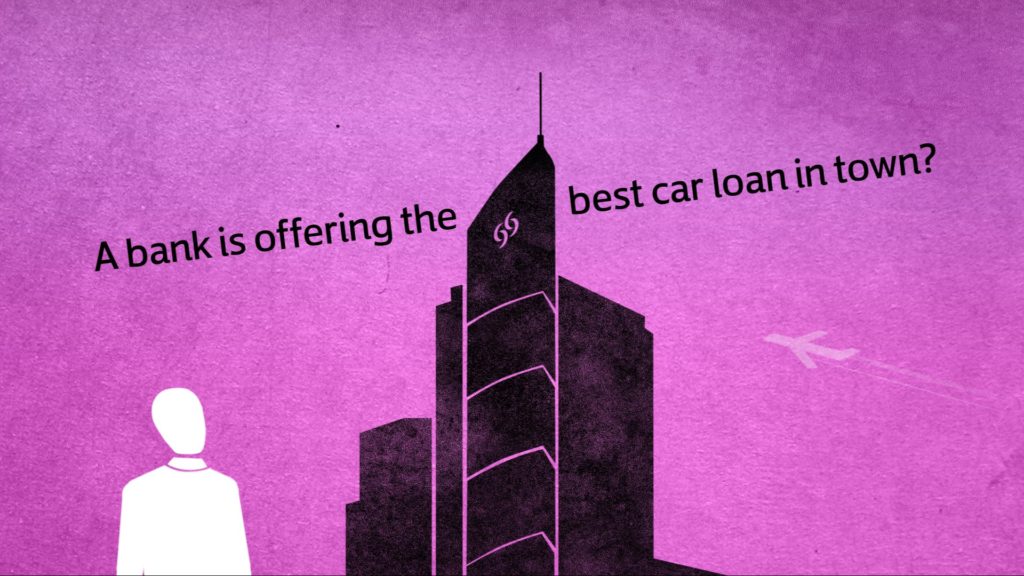It depends what goes into it! Is the client planning on some cool minimal motion that requires very little preparation in order to be animated, or a fully animated crowd scene with animated cameras through wide environments? Is it 2D or 3D? In addition to the level of complexity of your project and its style, the price also depends on your choice of studio and their level of expertise.
But what if you have to work with a shoestring budget and still want experienced animators to bring your message to life? It can be done – just formulate your message clearly, keep the visuals simple and effective, and have them animated beautifully! Even a dot can be brought to life convincingly if you know how.
For the animation above the client had a limited budget. With this in mind, we helped shape the script, and created a style that was fun and efficient to animate. Due to the budget restrictions for this particular piece, we left some scenes as stills and animated those that really needed to convey emotion. The client was really happy that they ended up with a great internal communications piece that worked within their allocated budget – so much so that they came back for a second film!
What makes good quality animation?
You might think that with animation that as long as it moves it can’t be wrong. However this simply isn’t the case – some animations are far more entertaining and effective for their use, and some characters are far more convincing than others. But why is that? Here are a number of principles that can make difference – take a look and judge for yourself:
Balance: If your character’s centre of balance is off they will look like they could fall over any minute, and your animation will fail to be believable. Therefore, when you pose your character for each keyframe you need to make sure that the balance is correct, and their weight is evenly spread.
Weight: Objects generally abide by the laws of physics, and therefore each have their own weight or mass. It is timing in animation that maintains the appearance of this – heavy objects or characters may move more slowly, so they take longer to accelerate, while light objects can speed up quicker. Just imagine a heavy canon ball bouncing around after it has hit it’s target – it just wouldn’t happen. A table tennis ball, however, will bounce on, and on, after hitting a surface.
Squash and stretch: This is a great method to give your animation more impact and readability. If an animated ball gets stretched before it gets squashed when it hits the ground, the movement has more of an impact, we feel and read it better. Exaggeration can be used subtly or really huge for comedic effect. Squash and stretch can be applied to characters as well as objects. Just imagine someone jumping off a wall – they reach their most squashed position, the knees bend to catch the weight of the body, the head tilts forward, and then the body comes back up to into its standing position.
Overlap: ‘Overlapping action’ means that parts of a character follow through movement in relation to the character’s main mass. For example, a dog’s ears may move with a slight delay in relation to the dog’s body, as the movement of the body would be leading in the animation. This is a wonderful animation principle to apply, and very effective for adding extra charm.
Rhythm: Movement is defined by the energy that lives within it. You create truly expressive animation when you make use of different paces – it’s subtle timing changes that make all the difference and allow your animation to stand out.
Read more here. Or just get in touch with us by emailing info@sbanimation.com, or call us on +44 (0)207 148 0526.











